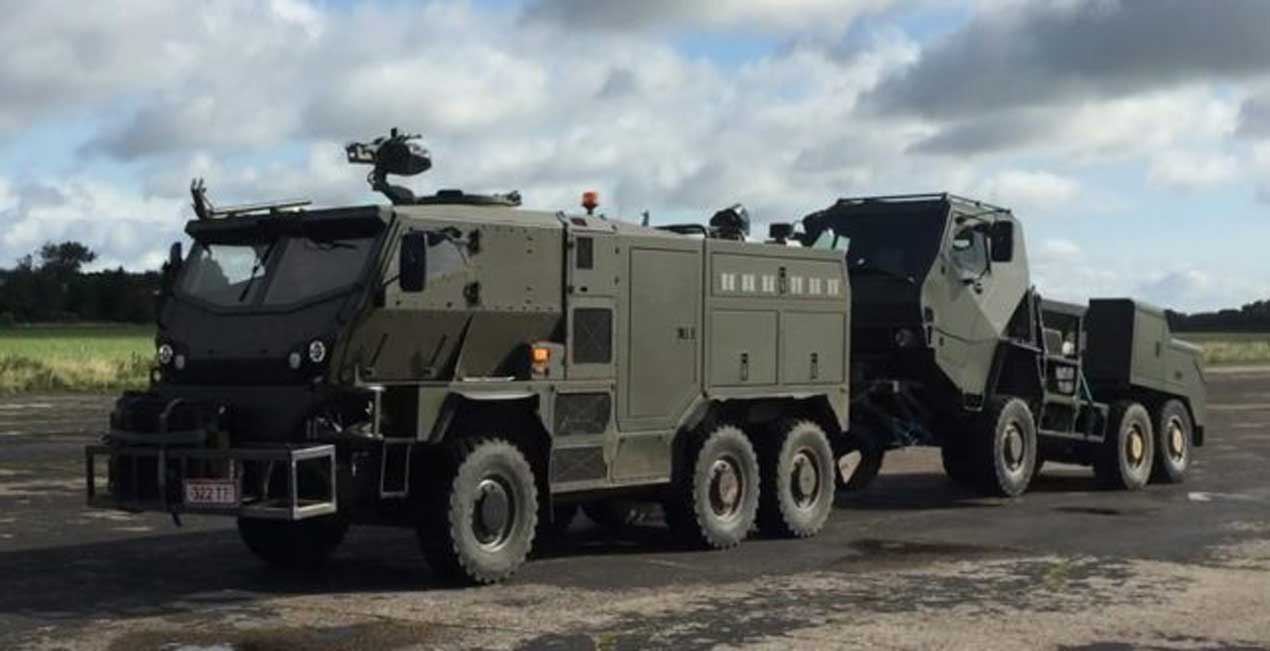Supacat's Light Weight Recovery Vehicle is Put through its Paces
Initial trials show potential for further enhancements to Supacat's HMT Light Weight Recovery vehicle.
18 September 2018

Initial trials of Supacat's 10.5 tonne HMT Light Weight Recovery (HMT LWR) vehicle have identified areas with potential for further capability gains and enhancement to the original specification.
The trials have been carried out at Supacat's test facility and by the Combat Service Support Trials & Development Unit. The next phase of development trials will commence in October and continue throughout 2019.
The HMT LWR was developed by Supacat to fill a capability gap to recover vehicles operating in hard-to-access urban and rural locations as required by the UK Ministry of Defence’s Light Weight (Air Portable) Recovery Capability (LW(AP)RC) programme.
The vehicle was initially unveiled at DSEI 2017 last September. Supacat says the 6x6 offers high levels of agility, off-road performance and design features such as the variable height air-suspension system and a battle-proven engine and drive line. Blast and ballistic protection are built into the chassis.
The stand-out design feature of the HMT LWR is its `Supalift`(patent-pending) technology, which increases the size of vehicles that can be recovered by a light-weight recovery vehicle. HMT LWR's recovery system can be operated both in conventional mode and by the operator engaging `Supalift`, which increases the maximum lifting weight of the recovery system by up to 50%.
In conventional mode, the HMT LWR recovery system lifts a maximum recovered vehicle axle mass of 3.8 tonnes, which in `Supalift` mode increases to 6.1 tonnes (specification based on recovering an HMT 400 `Jackal 2`). `Supalift` technology is based on the principle of distributing the weightof the casualty vehicle more evenly over the recovery vehicle.
Designed by Supacat, the HMT product is manufactured under licence from Lockheed Martin.